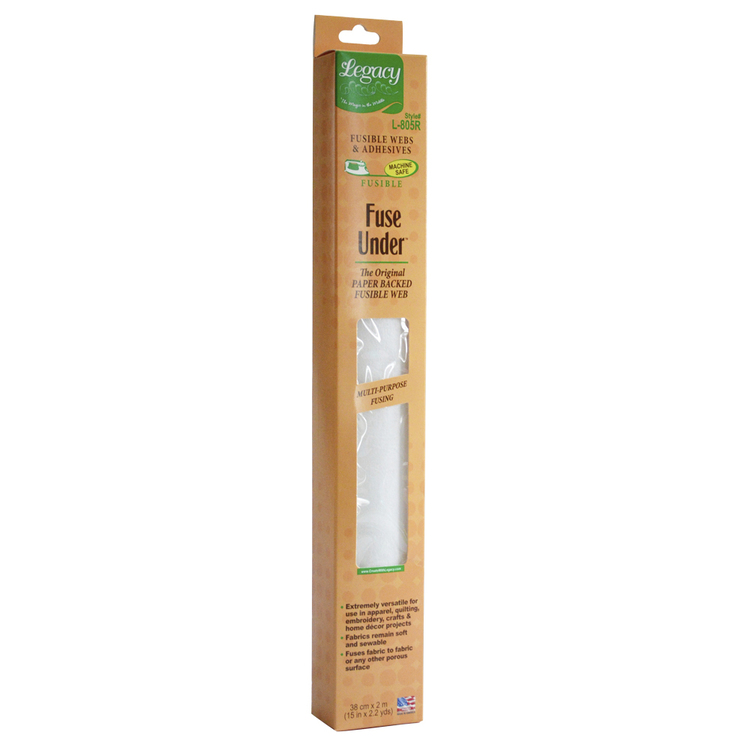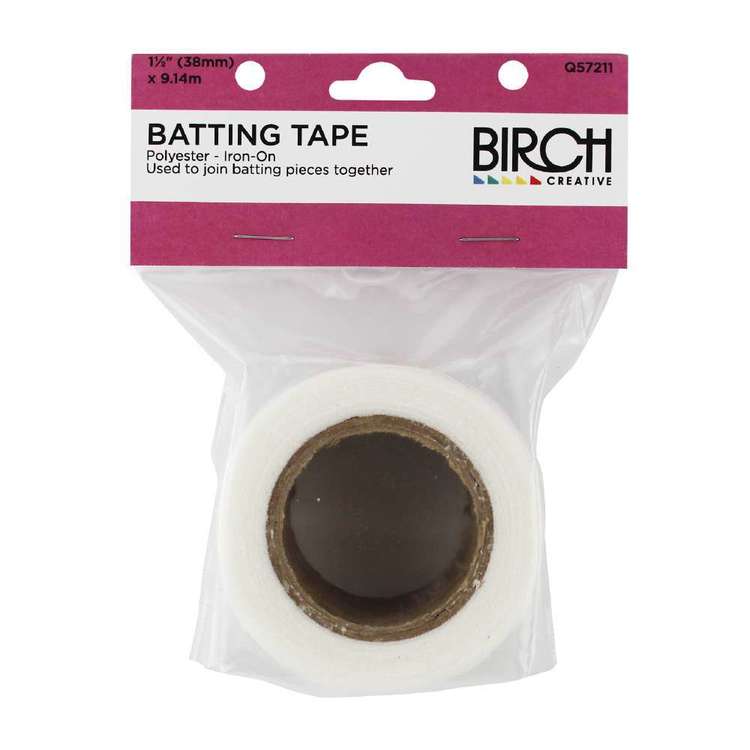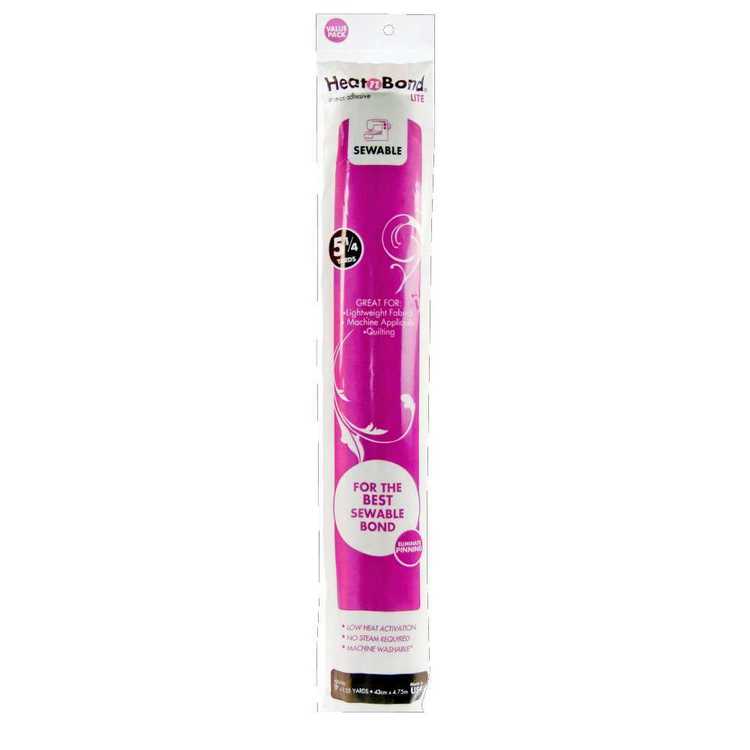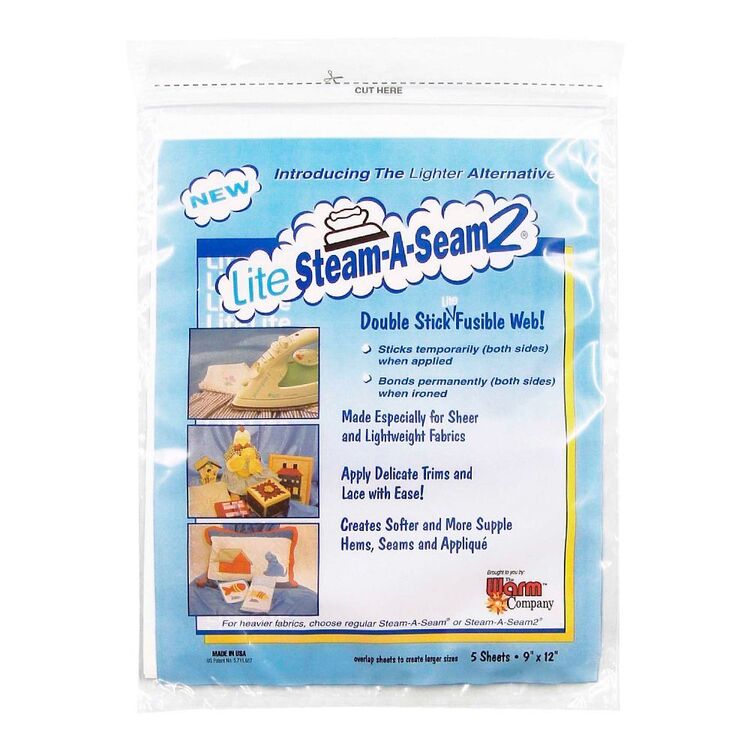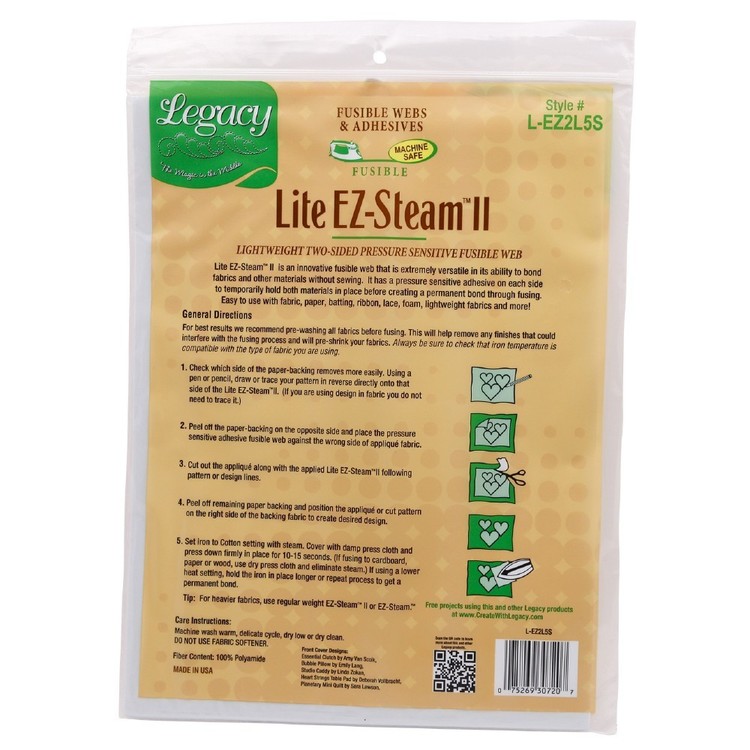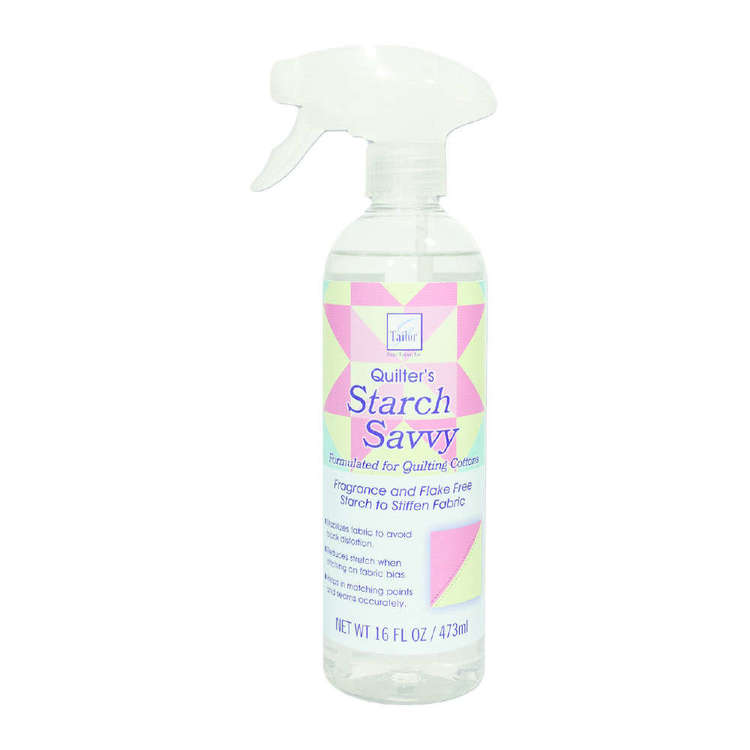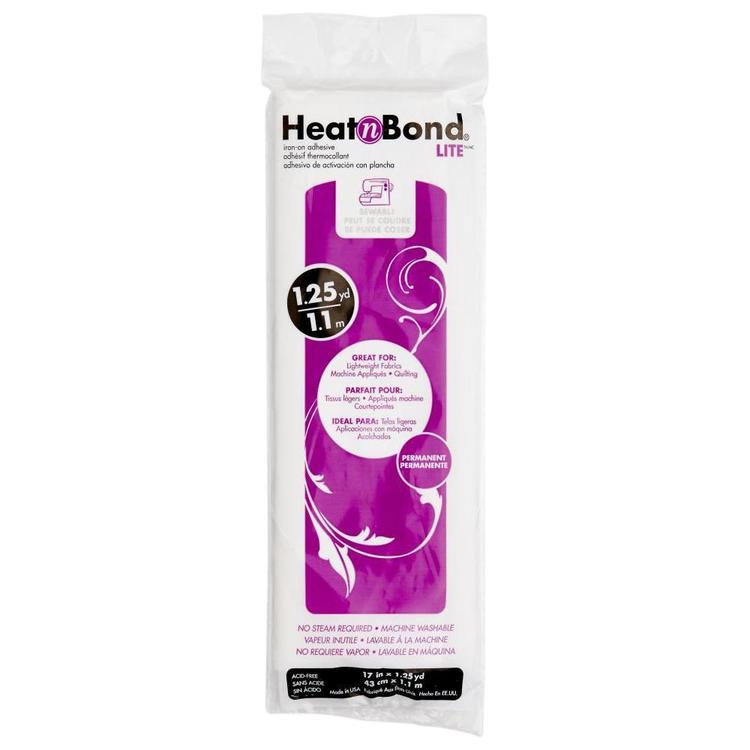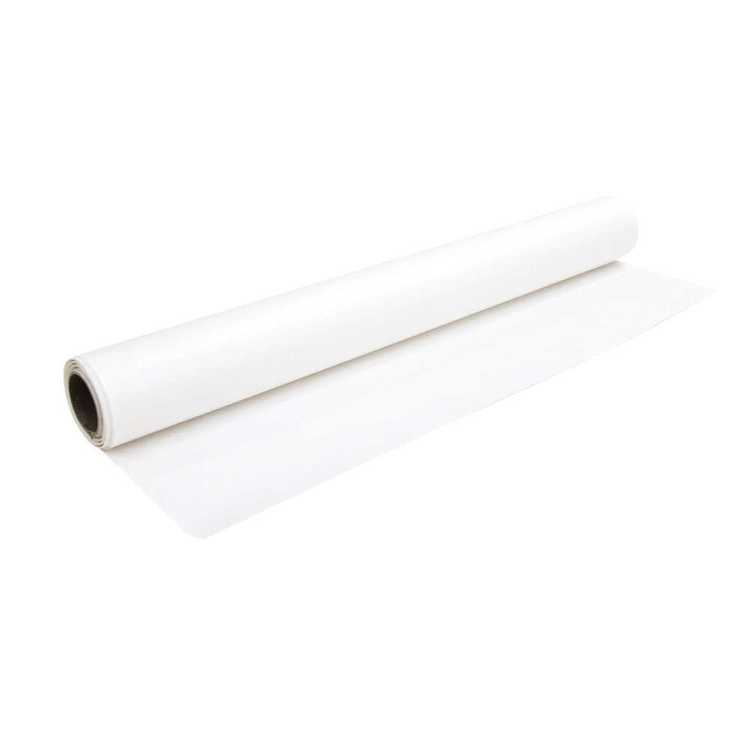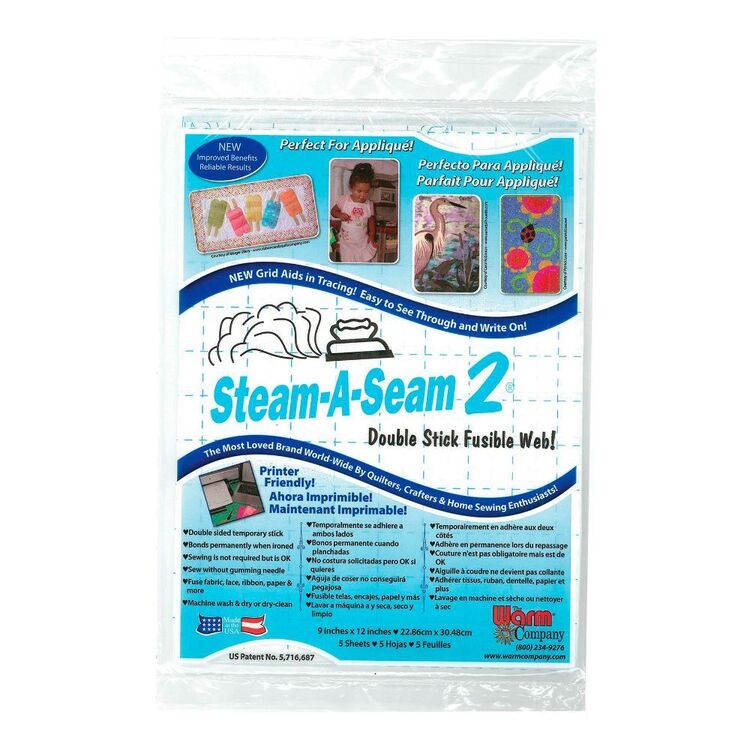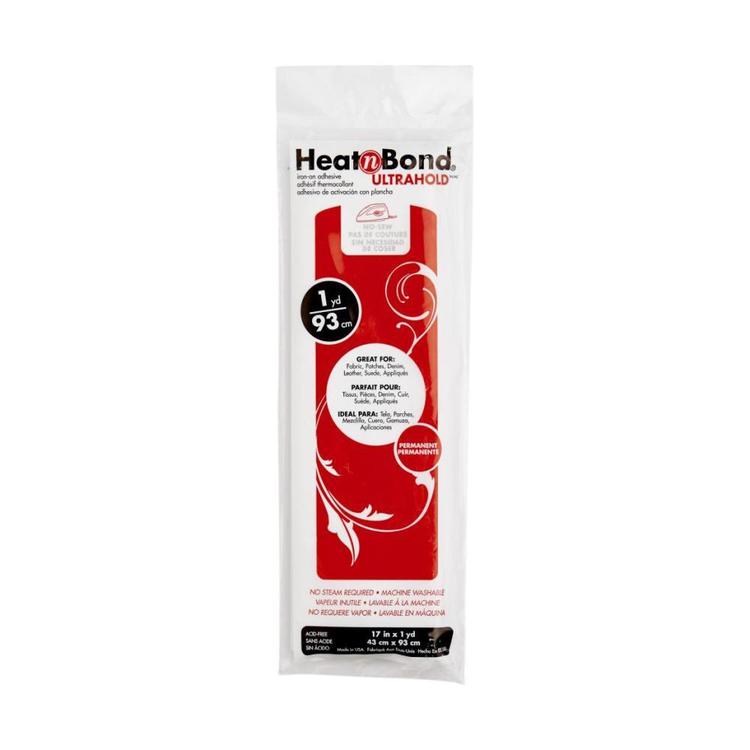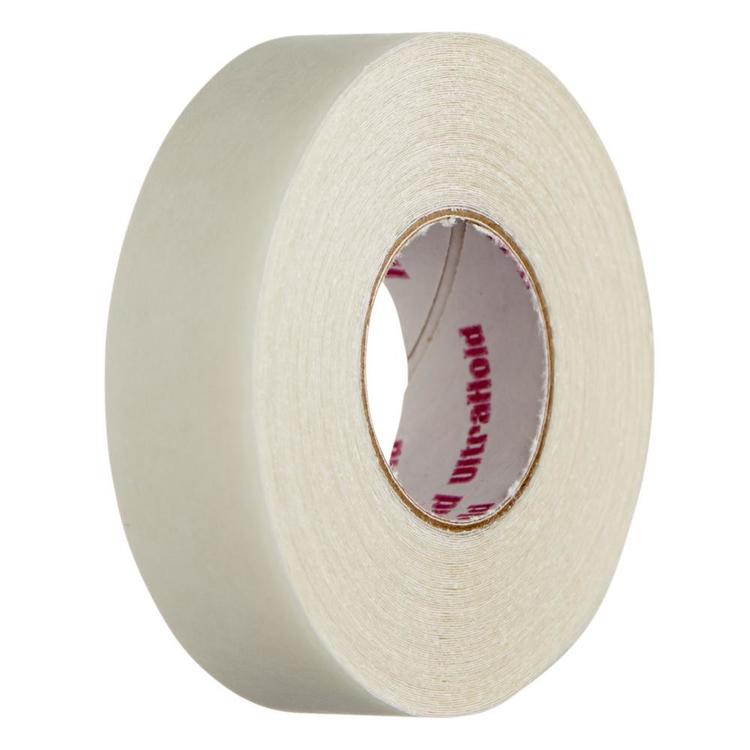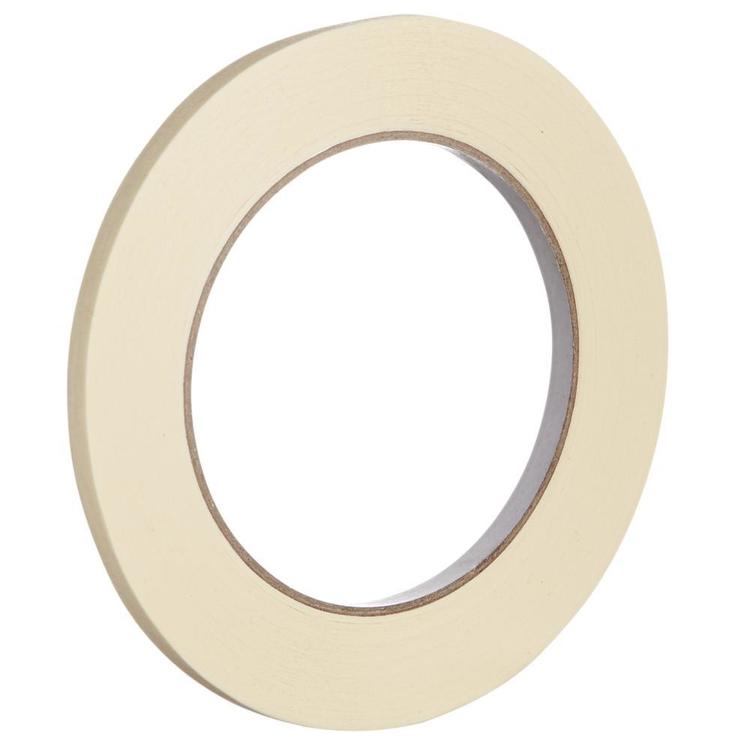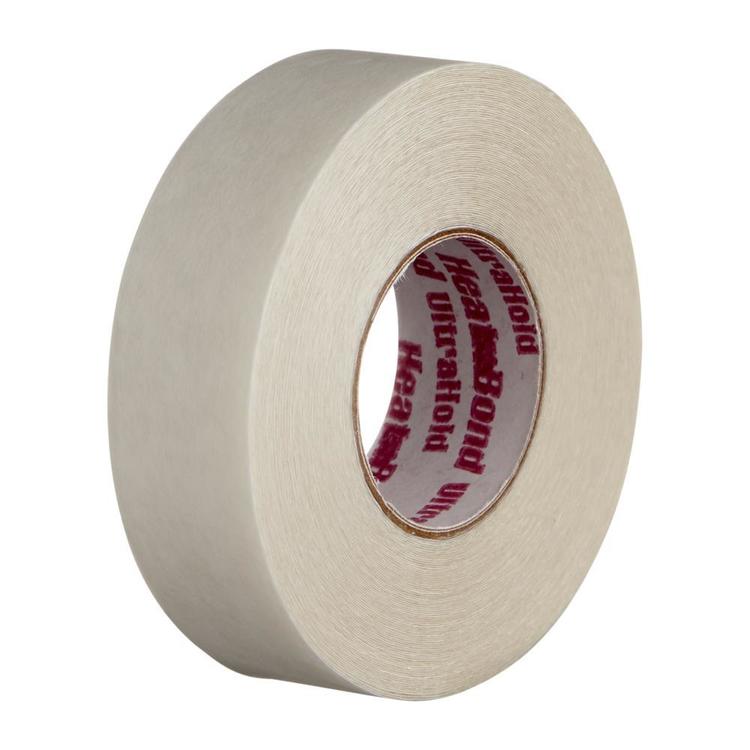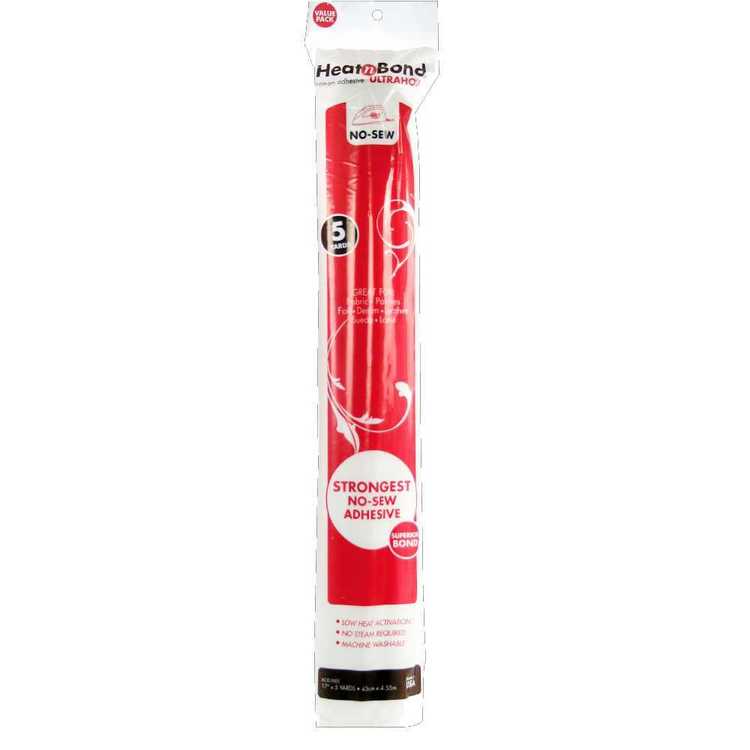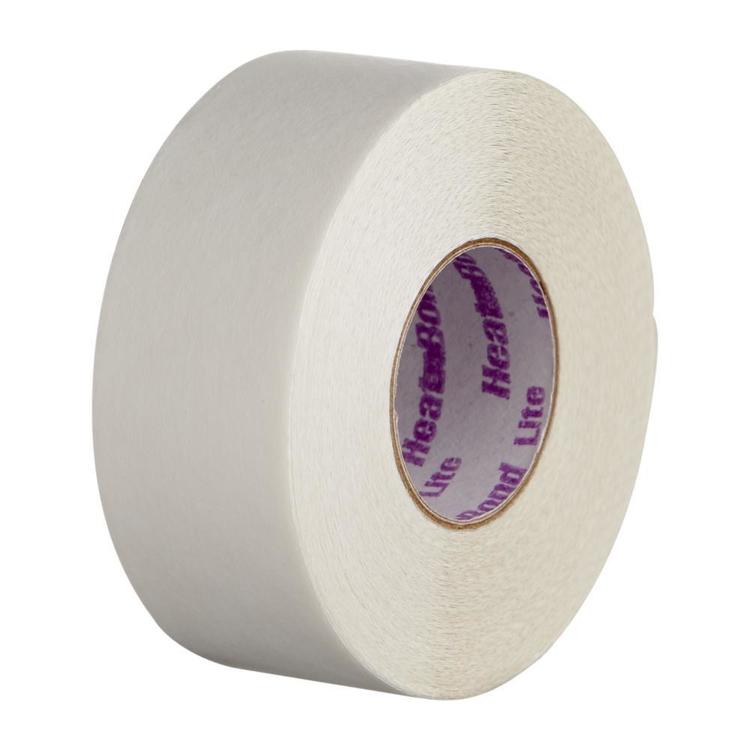 | ||
| Your browser is not supported. | ||
|
Please browse our site using any of the following options:
| ||
Fusing
Do you need some fusing supplies for a garment or another sewn textile? Check out the fusing web and tape collection at Spotlight online or in-store.
15 items found.
The Beginner's Guide To Fusing
When you are new at sewing, the term fusing will mean little to you. If you are a beginner and looking for more information about fusing and how to implement it, you are in the right place. Read on to find out more about these products and how you should use them in crafting.
What Is Fusing?
Fusing can be described as the invisible support of garments and textile creations. Several products fall under that classification, however, a distinction should be made between fusibles and sew-in interlining, which will be elaborated upon further in this article. The product is sewn into the garment or textile product, adding durability, structure, and other properties your creation.
Since fusing can have numerous functions, you can find these products in different weights and thicknesses. You can also acquire them in woven and knitted versions, which means they can provide stretch or no stretch depending on your preferences.
What Is The Difference Between Fusibles and Sew-In Interlining?
As the name suggests, sew-in interlining is sewn in by sewing machine or by hand, depending on your personal preference. Fusibles are transferred through heat or by adhesive. The method of the latter does depend on the type of fusible.
Each of these types of products has advantages, but for the purpose of this article, Spotlight will discuss the benefits of fusibles compared to sew-in interlining.
One of the main reasons why crafters choose fusibles over sew-in interlining is the overall aesthetic the product creates. Fusibles tend to provide a cleaner look compared to sew-in interlining. This is no surprise because the latter does require a large amount of skill.
There are many reasons why fusibles tend to provide a much cleaner result. Firstly, they reduce the puckering of the fabric greatly, mainly because no additional sewing is involved. The product is also easier to apply than sew-in interlining, which in turn makes it easier to handle your overall fabric.
Since fusing is the easier product to work with, it is usually recommended for beginners. If you do become more proficient at sewing, you can try your hand at sew-in interfacing. Over the course of time, you will have your own preference and so it is worth testing both when you have the skill level to do so.
What Type Of Interfacing Do I Need?
As we briefly mentioned already, interfacing can be fusible or sew-in. However, there is another difference you should be aware of as a crafter. Interfacing can be knitted, woven, or non-woven. Each of these types of interfacing has its own benefits and can benefit your garment in different ways.
Here are the main types of interfacing and their benefits for your reference:
Non-woven interfacing: This type of interfacing can be compared to felt fabric. In other words, it is made by bonding fabric fibres together opposed to weaving or knitting them. This type of interfacing is quite easy to use and can be cut in any given direction. On top of that, this type of interfacing does not unravel either, which makes it suitable for most beginners.
Please note that you can use non-woven interfacing with most garments. However, Spotlight does not recommend this particular interfacing in combination with stretch fabrics. If you do use stretch fabric, always choose knitted interfacing over others.
Woven interfacing: Woven interfacing is strong and durable but has little stretch. When you use this kind of interfacing, always make sure you match the grain on your garment. If you fail to do so, then the interfacing will not work with your constructed garment.
Evidently, matching the grain of the interfacing with the grain of the garment is not the easiest thing to do. It also turns out to be more expensive than non-woven, as you can only cut in a specific direction. As a result, Spotlight recommends this type of interfacing only for the more experienced crafters.




